There’s no question that being a new teacher is tremendously stressful.
But when I reflect on my teaching practice and how it evolved over the years, I realize that I created a lot of my own stress simply through the way I chose to perceive my work. The mindset that I held toward my students and their parents, as well as how I viewed my role in the classroom, often made an annoying incident feel maddening, and a challenging situation feels impossible to overcome.
Today, I’ll share 4 specific ways I sabotaged my own success as a teacher, as well as how and why my thinking changed over time.
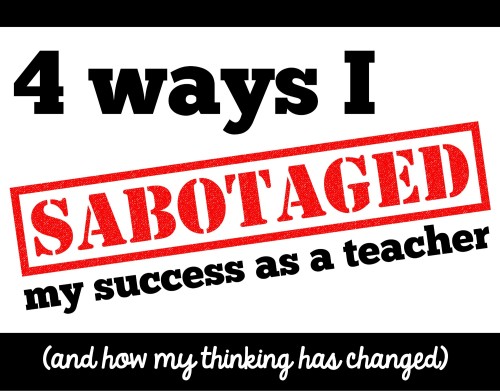
1) I mimicked the discipline style of others, even when it made me uncomfortable.
I began my teaching career in a time and place where it was considered the norm to exert power and control over students. Respect was demanded, not earned. Shaming students was acceptable. Getting down in kids’ faces and saying things like, “Do you understand me, little boy?” was considered an appropriate way to help children recognize the inherent imbalance of power between teachers and students and so they’d “stay in their place.”
This approach to discipline seemed to work for my students’ parents, and it worked for many of my colleagues. So I tried it, even though I had never been trained to interact with children that way and hadn’t been raised in a community where that was the norm. And I guess on the surface level, it worked. My kids followed the rules and showed me respect.
But my interactions with them made me feel uncomfortable. Deep down, I was embarrassed about how I talked to my students. It didn’t fit with who I was a person…or more importantly, with the kind of people I wanted my students to be.
What changed:
I delved a lot deeper into this story (and talked about my breaking point, when I realized I’d made a huge mistake in my discipline methods) in Season 1, Episode 7 of the podcast. It’s called Find and embrace your unique classroom management style. Once I caught a glimpse into the long term effects of speaking to kids in that way, I no longer wanted to be just like the coworkers I’d once admired.
I realized I could incorporate some of their teaching strategies and lesson ideas, but I would always, always need to filter everything I witnessed through the lens of what works for ME and the type of classroom community I wanted to create for my students. When I reflected on how I ran my classroom and led my students, I gave much more consideration to how those choices made me feel, and how they made my students feel.
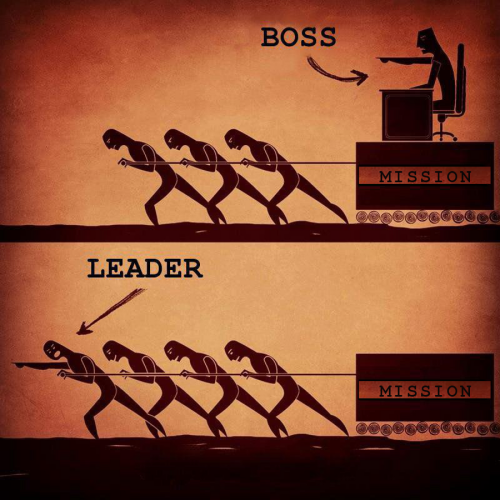
2) I was a control freak who micromanaged my classroom.
In the beginning of my teaching career, I wanted to decide and control everything that happened in the classroom. This need for control went beyond just creating appropriate procedures and routines and veered into straight up micromanagement in many ways.
For example, I didn’t just teach my students to walk quietly in the hallway. I taught them that their hands needed to be in a specific position. It didn’t matter if some students were able to walk appropriately without keeping one hand behind their back and one hand over their lips in a “shh” motion. I gave the direction for them to walk in that exact position, and therefore everyone needed to do it, every time we walked together as a class. Period.
These little micromanaging tendencies were a result of my natural personality type: I like order and consistency. And my love for these things was reinforced every time someone came into my classroom and complimented me on how organized everything was, how students knew exactly what to do, and how smoothly everything ran. So I truly thought I was doing the right thing.
What changed:
In retrospect, I think I took too much of the classroom ownership from students. In fact, I know I did. Over the years, I learned to involve students in making more and more decisions about how our classroom ran.
It started with baby steps, like asking students how they thought the class should walk in the hallways, and creating the norms together. I experimented with giving them some choice (“Some of us are saying they like to walk with their hands behind their back, and others like to walk with hands at their sides. I think either way would be okay, as long as we’re meeting the goal of not pushing or hurting anyone around us.”)
Each time I gave more ownership to the kids, I saw how much more comfortable they seemed to be in the classroom and how they became more self-directed. I also realized I was a lot happier and less stressed when I stopped taking responsibility for things that the kids could do themselves. Seeing those results made it much easier to give up control and turn the classroom over to kids. In short, I stopped managing and started leading.
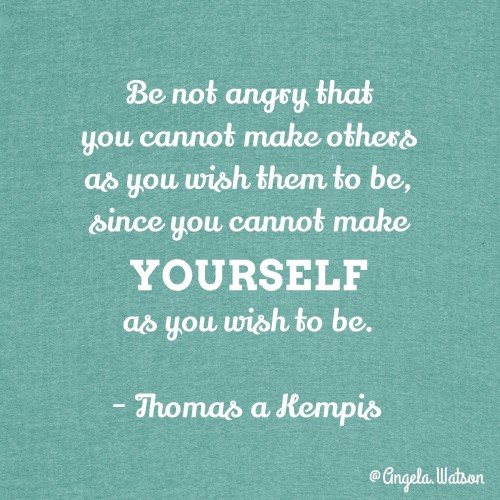
3) I took students’ behavior personally and let kids anger me.
One of the things that irritated me most as a new teacher was when I’d look a child in the eyes and give a clear directive, and then as soon as I turned my back, he did the opposite. I mean…I remember moments when that made my blood pressure go so high that my vision actually went blurry.
I completely lost the big picture perspective and allowed myself to get irrationally angry at things that are just a normal part of working with children. I’d fume silently to myself and replay the situation over and over again in my mind and to any teacher who’d listen (“I SAW him break that pencil in half with my own two eyes and he stood right there and lied to my face about it!”)
Students’ misbehavior was a personal attack. I made the rules of the classroom, and when students chose to break them, it was an affront to me as the authority figure. It seemed obvious in my mind that if they weren’t doing what I told them to do, they didn’t respect me, and the solution was to demand respect through swift consequences.
What changed:
The more I talked with other teachers and read about other people’s experiences in the classroom, the more I realized that I wasn’t dealing with anything out of the norm. It turns out kids have always been mischievous and will push the boundaries of whatever guidelines are placed on them by anyone. Realizing this helped me not get quite as angry.
I also just plain wore myself out. Around the 3,762nd time a child did something she wasn’t supposed to, I was just too tired to get worked up about it again. It was no longer worth upsetting myself when a child misbehaved, because I was finding myself upset all day long. I no longer wanted to give a bunch of 8-year-olds control over my sanity.
Another catalyst for change was that this was all happening around the time when I started involving students in creating our class rules and routines. Slowly, I started to see that their misbehavior wasn’t about me anymore, because it was no longer MY rule or MY classroom. It was OURS. And they weren’t disrespecting me: they were violating our community norms.
So instead of having to take a hard stance every time and uphold my own authority in the face of disrespect, my job was to simply remind the student of the way she or he had agreed to participate in our classroom, and get things back in order with the help of all the other students in the class. I was no longer alone against 30 kids in trying to enforce my own rules; I had 29 kids on my side and 1 child who in that moment needed to be brought back into unity and harmony with the rest of the classroom community.
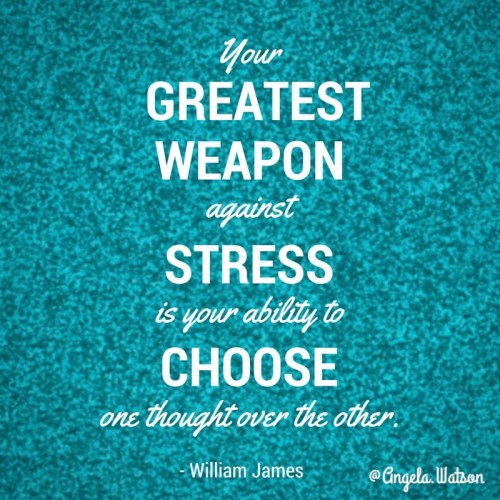
4) I was incredibly judgmental toward my students’ home environment and parents.
My first teaching job was in a 100% free and reduced lunch school about a mile outside of Washington D.C. And though I chose to work in high poverty schools throughout my career and have always had a heart for serving in those communities, I realized with time that I had a number of blindspots and biases I needed to work through.
I can’t begin to calculate how much time and energy I used to waste complaining about what parents didn’t do for their children and how they didn’t value education like they should. I upset myself so much thinking about what parents are “supposed to do” despite the fact that my attitude was not doing anything to help foster positive relationships with parents. And I was straight up resentful over the fact that I alone was held accountable for my students’ achievement but had no control over the things at home that were having a profound impact on the kids’ readiness to learn.
What changed:
The more time I spent getting to know the families I served, the more empathetic I was toward them. I was a lot less angry at Sydney’s mom for not returning forms on time when she told me she was pregnant with twins and struggling through nausea to do any kind of basic household tasks. I didn’t begrudge Marshaun’s mom for buying him $150 sneakers but claiming not to have money for the field trip once I spent time with Marshaun at recess and learned his aunt had surprised him with the shoes so he could be like his big cousins.
People always have reasons for acting the way they do. And the more that I listened and looked at the big picture, the more I learned to give families the benefit of the doubt and try to understand rather than judge them.
It was a welcome mindset shift for me, because it made me feel less stressed. Each time I was tempted to get worked up about how parents were or weren’t raising their child, I’d remember that the choices they were making somehow make sense within the context of their perspective and reality. Trying to frame their decision-making within the context of my own worldview only frustrated me and drained me of the energy I needed to help my students.
The best thing I could do for my students was to try to empathize with their families’ struggles, recognize that their decisions make sense within the context of their environment, and choose to work with them to fight against the effects of poverty, rather than fight against the people living in poverty themselves.
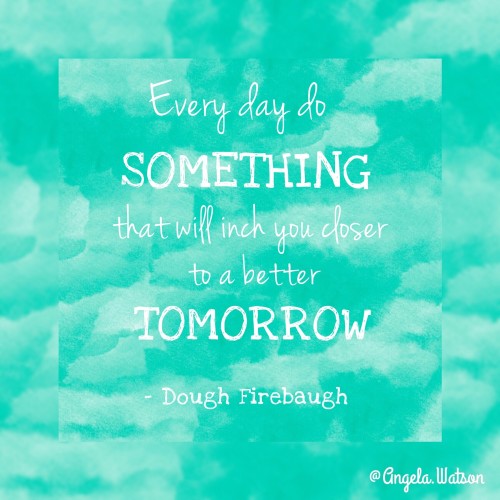
The two common themes in all these examples
First, all change hinged on me being willing to look at the big picture vision instead of just what was happening in the moment.
Every time I got upset, it was because I’d lost sight of my vision for my classroom:
- I sabotaged my success by emulating other people’s discipline styles, because I was looking for short term results instead of thinking about what kind of classroom community and character I wanted to help kids develop.
- I sabotaged my success by micromanaging my classroom, because I hadn’t solidified a vision for helping students take ownership of their learning.
- I sabotaged my success by taking students’ misbehavior personally, because I got caught up in the heat of the moment instead of looking at the big picture of my job as a role model for students in how to control emotions and act rather than react.
- And I sabotaged my success by judging parents, instead of looking at the big picture of their struggles and the larger issues that were making it difficult for them to make the best choices for their kids.
Second, change did not happen overnight.
I didn’t flip a switch and somehow become laid back, unaffected by students’ disrespect, and completely non-judgmental. I just had a few moments of clarity and took action on them. Then I took action on them again. And again.
And in between those times of action, I inadvertently took steps backward and fell into old patterns sometimes. But my overall momentum was in a forward direction, and I was actively trying to make better decisions. Like any journey of self-improvement, changing my mindset was a process that took place over many years and is something that I have to continue to be aware of and implement every day.
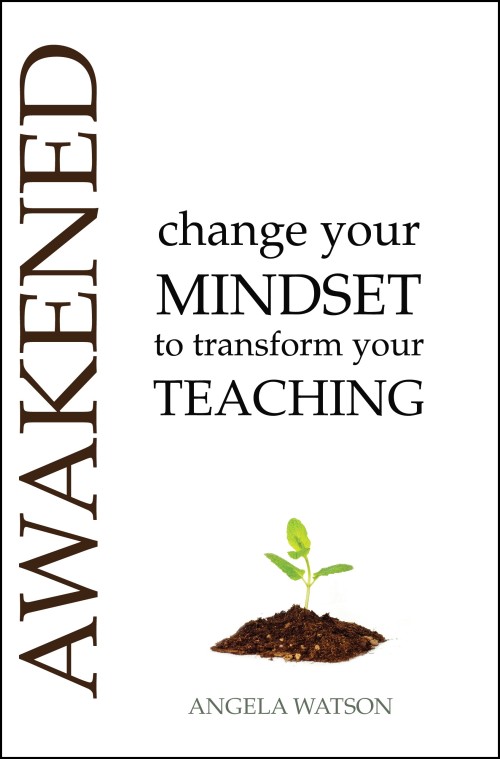
If you want to learn more about making these mindset shifts, check out my book Awakened: Change Your Mindset to Transform Your Teaching. There, I’ve shared all kinds of lessons I’ve learned through the years. I walk you step by step through how I changed my perspective on teaching, and how you can make changes, too.
Making mistakes is something everyone does. Learning from them is not. (Unknown) Click To Tweet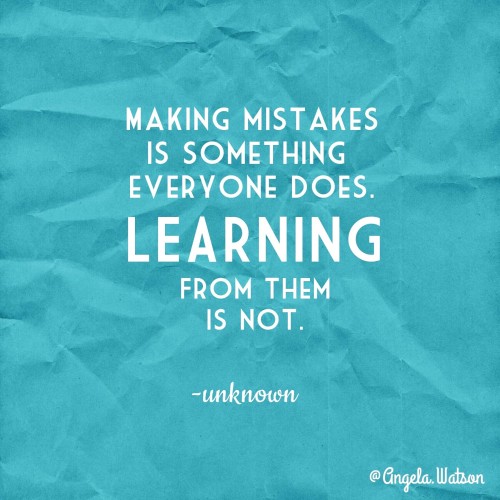
Only had time to skim this article? Download the audio above and listen on the go!
This post is based on the latest episode of my weekly podcast, Angela Watson’s Truth for Teachers. A podcast is like a free talk radio show you can listen to online, or download and take with you wherever you go. I release a new 10-15 minute episode each Sunday and feature it here on the blog to help you get energized and motivated for the week ahead. I’d love to hear your thoughts below in the comment section!
The Truth for Teachers Podcast
Our weekly audio podcast is one of the top K-12 broadcasts in the world, featuring our writers collective and tons of practical, energizing ideas. Support our work by subscribing in your favorite podcast app–everything is free!
Explore all podcast episodes
Angela Watson
Founder and Writer
Discussion
Leave a Reply
OR

Join our
community
of educators
If you are a teacher who is interested in contributing to the Truth for Teachers website, please click here for more information.



















Great article. We often do sabotage ourselves…
Good and informative post. Thank you for sharing
Wonderful article, extremely helpful. I’m sharing it with other teachers and administrators.
Hi Angela,
Great post! I do think you should clarify it by adding “unintentional” though! In my opinion this is very commonplace. Young teachers want to fit in like anyone in a new situation. I learned the hard way too about numbers 1 and 3 on your list. I began my career teaching 7th and 8th graders. The worst thing one can do with those children is be confrontational. I was and I learned the hard way. Live and learn! Sometimes it takes some time and “seasoning” to get that through though!
I totally agree–I think self-sabotage in general is unintentional, and most of us have to learn these kinds of lessons the hard way!
10 years of teaching and I thought I’ve got it down pat. You’ve reawaken my ‘insecurities’ for I find myself regress to these sabotaging practices.
Carol, I commend you for your transparency and willingness to reflect. It’s not an easy process, for sure, but you and your students will benefit from it!
Love when teachers share their perspective. I’m a mother but my child’s first teacher and I believe the home-school connection is extremely important and have so much respect for what you do each and everyday for our children. Thank you.
Thanks for adding your voice here. Much appreciated.